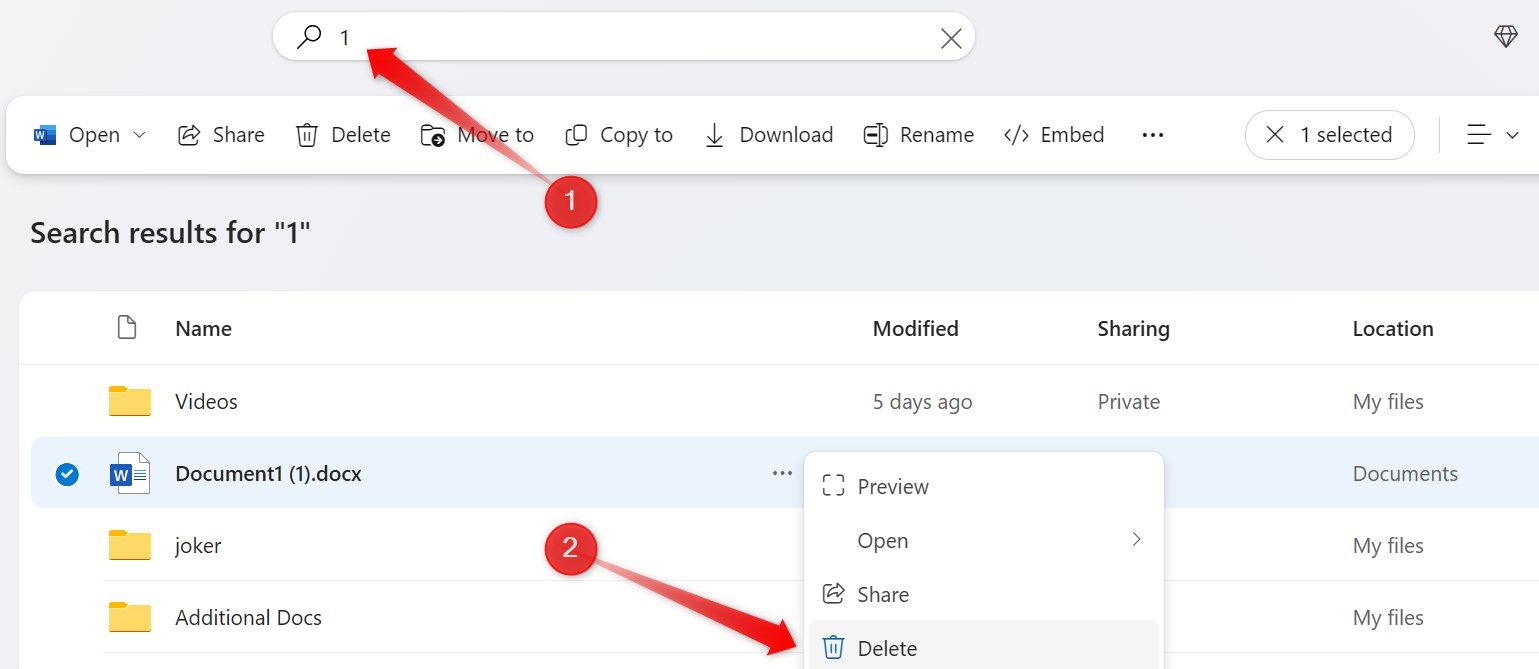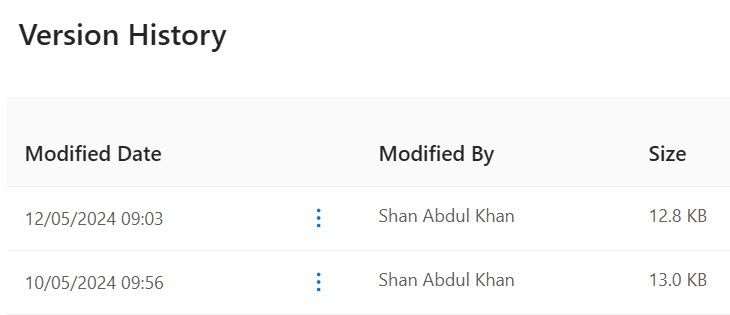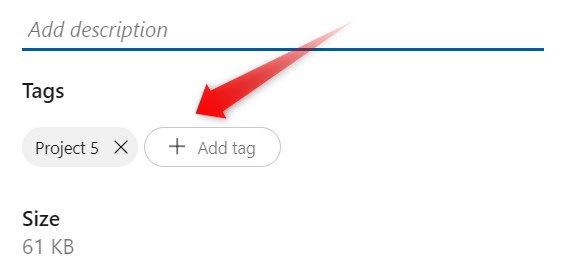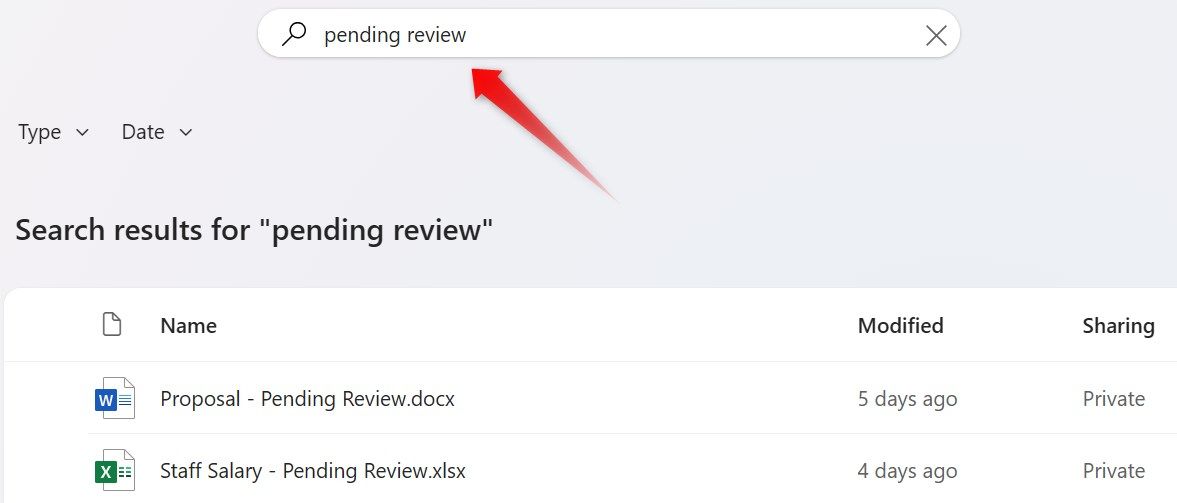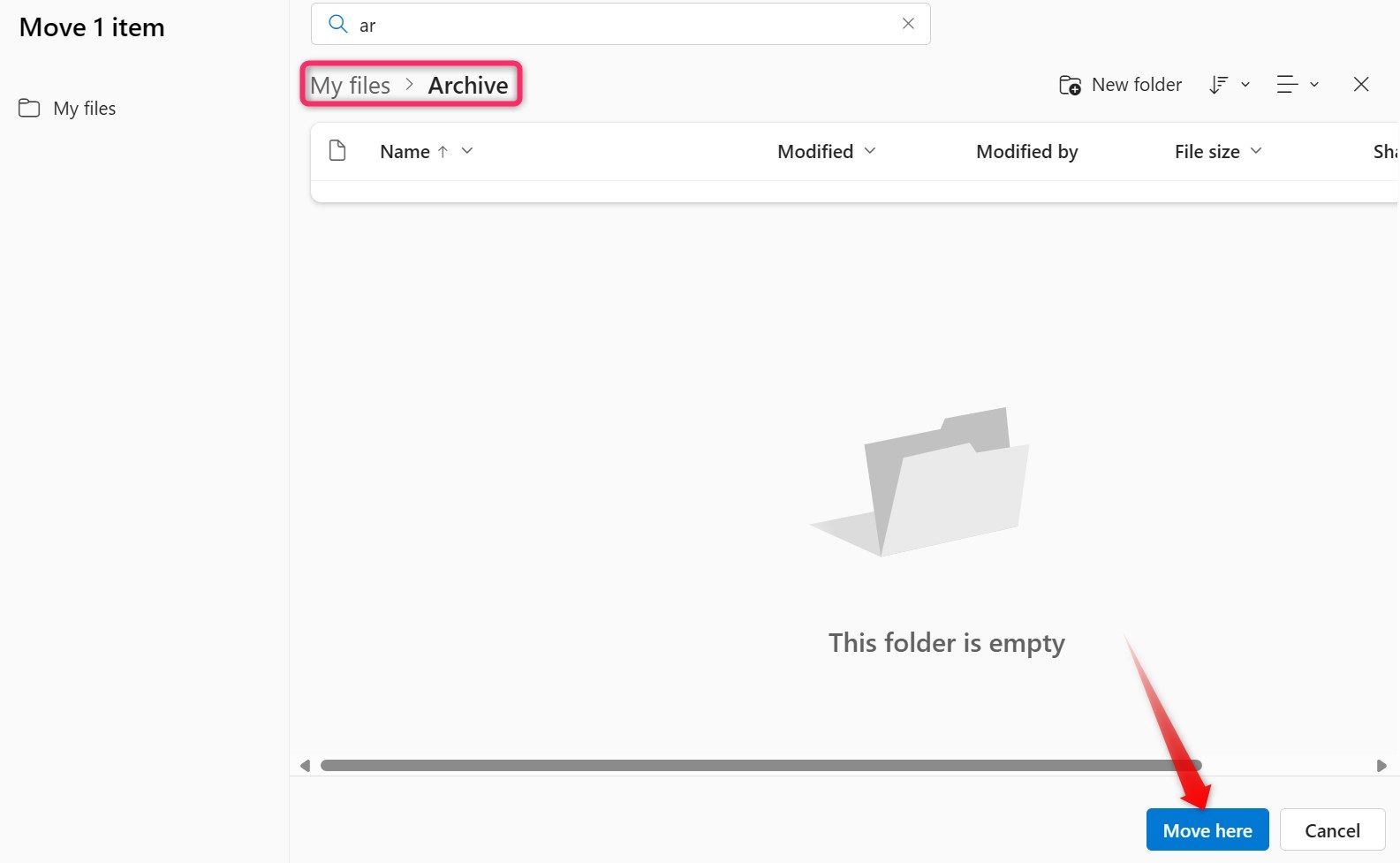Key Takeaways
- Delete unused data that you no longer need, and find and delete duplicates to keep your OneDrive storage clutter-free. Use file versioning to track changes made in a document.
- To organize files neatly, create a logical hierarchy in the folder structure. Also, define a standard format for renaming files to make finding them easier.
- Tag photos and temporarily rename files with the desired tag instead of creating a temporary folder for them. When you no longer need the data, move it to an archive folder.
After using OneDrive—Microsoft’s cloud storage service—for years, I’ve found some simple methods to organize my data, making it easier to locate what I need. Whether you’re using OneDrive for managing work or personal data, these tips will help you keep a tidy, clutter-free space.
Delete Unused Data First
The first step to clearing out clutter in your OneDrive is to identify and delete any files and folders you no longer need. This could be an old project from years ago or a temporary file you forgot to remove. Take some time to sift through your folders and pinpoint data that you can safely discard.
To delete a file or folder, click on the three horizontal dots next to it and select “Delete.” Then, confirm your choice by clicking “Delete” in the pop-up box.
OneDrive will move the deleted items to the Recycle Bin, where they will remain for 30 days. If you do not restore these files within this time, they will be permanently deleted automatically.
Find and Delete Duplicates
If your compulsive need to organize forces you to create a temporary copy of a file before editing it, you might end up with a duplicate. You might also have uploaded some files multiple times by accident, creating duplicates. Removing these extra files can help declutter your space.
When you upload a file with the same name twice and allow OneDrive to keep both versions, OneDrive automatically adds a number to the end of the file name. For example, a file named “Project” might have its duplicate labeled as “Project (1)” or “Project 1.” To locate these duplicates, type 1 or (1) in the top search bar and press Enter.
You can also search for other common markers of duplicates, such as the word “Copy,” to find and delete files with “Copy” in their names. This makes it easy to spot unnecessary copies. After finding a duplicate file, click on three horizontal dots next to it and select “Delete.” Ensure you don’t delete the only copy of a file that mistakenly has similar markers in its name.
Don’t Store Multiple Versions of a File
Microsoft OneDrive has a file versioning feature that saves different versions of the same file as you make changes. This allows you to track changes and download older versions if you mess up the latest one. By using this feature, you won’t need to create duplicates, helping you keep your storage space less cluttered.
This feature is turned on by default for personal OneDrive accounts, and administrators can configure versioning settings for OneDrive for Business. To open an older version of a file, right-click the file and select “Version History.” A list of previous versions will appear, and you can view, restore, or delete versions from this list.
Keep a Clean Folder Structure
Creating a logical hierarchy and maintaining a neat folder structure can also help you keep OneDrive organized. You can start with main folders for broad categories like Work, Personal, and Side Hustle. Within these, you can create subfolders for specific topics or projects, such as “Real Estate Projects” and “Crypto Projects.”
Inside those subfolders, you can have further subfolders for different types of content related to each project, like “Finance Records” and “Construction Details.” I even create more subfolders within these subfolders. The key is to keep everything in separate, clearly labeled folders so you can easily find the file you need without cluttering your space.
Establish a Clear and Consistent Naming Convention
Establishing a clear and consistent naming convention helps me locate, sort, and manage my files in OneDrive. If followed strictly, it can greatly improve data management. Start by defining a format that works for you. I use this format: [Project][Description][Date]_[Version], which helps me find the files I need with a single search.
I always use specific names that indicate the type of content a file has, such as “Staff’s Salary,” rather than vague terms like “payment.” I add version numbers at the end of the file name to easily track changes. Defining categories helps me filter out all files belonging to a particular project, and adding dates lets me sort the files chronologically.
I also avoid using special characters and follow the same format. You can ask your team to use the same naming convention when sharing files via OneDrive.
Adding tags for easy filtering can help you keep OneDrive organized. Using tags like “urgent” or “pending review” allows you to categorize files better. You can assign multiple tags to a single file or tag files with specific project names or team member names. Tags can eliminate the need to create many subfolders and allow you to find the desired file with a single click.
At the time of writing, OneDrive only lets you add tags to photos. To tag a photo, hover over it, click the information icon (ⓘ), then click “Add Tag,” enter the tag, and press Enter.
While you can’t add tags directly to other files, there’s a workaround: temporarily rename the file with the tag included. For instance, if you want to tag a document for pending review, rename the file to include “Pending Review” at the end. This way, you can find the file by searching for this tag without creating temporary folders to keep files that are in the review phase.
Regularly Archive Old Data
I have a helpful habit of regularly archiving old project files and temporary data to a dedicated archive folder once I realize I no longer need them. Moving these unused files from my main folders keeps my storage space uncluttered. Also, I don’t have to delete files, and I can easily retrieve them if needed.
To create an archive folder, click on the “Add New” button in the top-left corner, select “Folder,” and name it Archive. Then, to move unused files to this folder, click on the three horizontal dots next to the files, select “Move to,” then open the Archive folder and click “Move Here.”
If you strictly follow the tips mentioned above, your OneDrive storage space will be much more organized, making it easy to find the files you need. Remember, you shouldn’t organize OneDrive once and then forget about it. Instead, regularly go through your data and perform the necessary maintenance to keep your cloud storage space organized.



